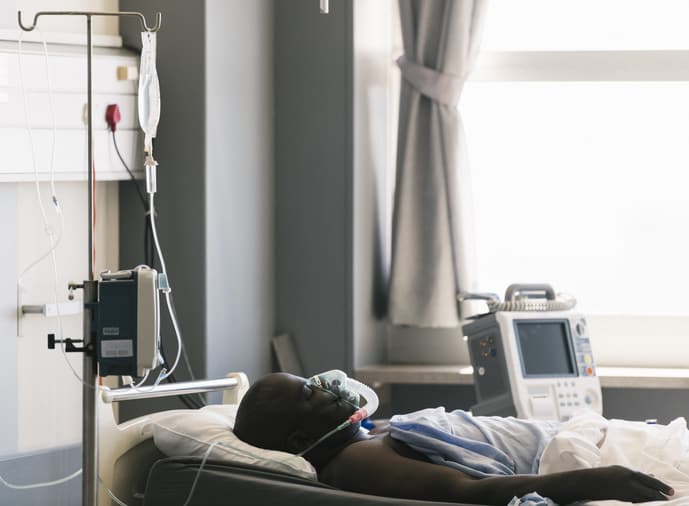Open bedside tracheostomies—although safe and cost-efficient, with no need to move patients to the OR—remain underused.
“Tracheostomies are traditionally performed in the OR, but one of the drawbacks associated with OR tracheostomies is that you have to transport a critically ill patient,” Karla O’Dell, MD, notes. “Percutaneous tracheostomies (PT) have become a very popular, cost-effective alternative to OR tracheostomies (ORT), but there is increasing evidence they are associated with long-term complications. That piqued our interest in open bedside tracheostomies (OBT), which are also cost-efficient and eliminate the need to move patients to the OR but are associated with potential less injury to the trachea in the long-term.”
For a study published in Otolaryngology–Head and Neck Surgery, Dr. O’Dell and colleagues compared OBT with open ORT and bedside percutaneous tracheostomy. They performed a retrospective chart review of tracheostomies done at two centers, a public hospital and a tertiary care academic center, from 2009-2019. The researchers also examined tracheostomy practice patterns in academic programs using surveys that were distributed to US-based otolaryngology program directors.
“We excluded tracheostomies that were done for reasons other than prolonged mechanical ventilation,” Dr. O’Dell explains. “We also chose to survey residency program directors because we knew how many there were and we knew that, if we sampled all the otolaryngologists in the US, the N would be very large and return on our survey would be pretty low.”
OBT Safe & Effective, Even With Limited Staff
Data was assessed from 802 patients with tracheostomies, including 449 OBT, 206 PT, and 147 open ORT. Intraoperative complications were similar among the three modalities, according to the study results. “The take-home message of our findings is that, in general, performing tracheostomy is safe regardless of the modality,” says Dr. O’Dell.
OBT were used in sicker patients with a higher Charlson Comorbidity Index versus PT or ORT, and the cost associated with OBT was lower than that of PT. The costs of OBT at Los Angeles County Hospital—the public hospital—were lower than the costs of that procedure at Keck Hospital of the University of Southern California—the academic center—because it did not require OR staff, according to the study.
Of the 56 programs that responded to the survey on practice patterns, all reported conducting ORT, compared with 52.7% for OBT and 30.9% for PT (Table).
“One of the reasons cited by institutions for not doing OBT was the lack of staffing, in addition to concerns about complications,” Dr. O’Dell explains. “But we showed, in our review of tracheostomies done at Los Angeles County Hospital and Keck Hospital, two facilities in which you can perform OBT pretty easily, and safely, with both a team of providers and a limited number of staff.”
Long-Term Impact of Tracheostomy Type
Dr. O’Dell emphasizes the importance of tracheostomies among patients in the ICU while also encouraging providers to consider the method they use to perform the tracheostomy.
“Decisions about tracheostomies are being made in the ICU that have long-term implications, but providers in the ICU may not see those patients months later when complications like tracheal stenosis arise,” she says. “We want to avoid causing more damage, such as scar tissue and airway damage, and the OBT may be a good strategy for achieving that.”
Awareness of the complications related to tracheostomy type is becoming even more important as patients recover from COVID-19, Dr. O’Dell continues.
“So many patients were on ventilators and had tracheostomy tubes placed,” she says. “Otolaryngologists are now seeing an uptick in patients who survived COVID-19 and require reconstructive surgery because of scar tissue and airway damage. This makes decisions about tracheostomies an even more important thing of which to be cognizant.”



 Julia Ernst
Julia Ernst